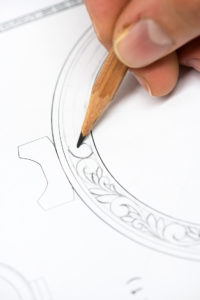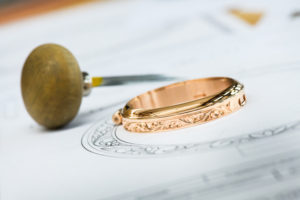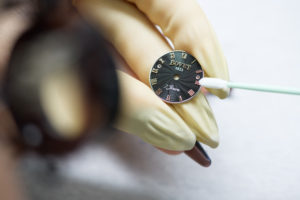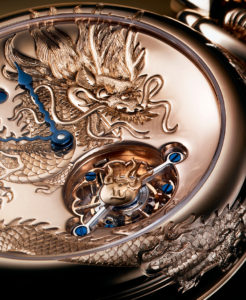BOVET is a watchmaker that places art and craft at the heart of its house. Each complicated timepiece is created by a skilled ensemble of artisans and technicians who work together like an orchestra to create the perfect piece. Hours upon hours of painstakingly skilled work is required for these watches many of which feature miniature painting and engraving – something that has been at the heart of the brand since the beginning.

But while preserving these traditional techniques is crucial, BOVET’s commitment to technical advancement continues the spirit of its founders and artisans, long known for their groundbreaking patents. BOVET continues to honour traditional forms and functions but at the same time pushes horology forward with new innovations and patents that allow the past to meet with the future.

BOVET’s unique dials are entirely made by the Manufacture. An array of materials including metal, transparent mineral glass, carbon fibre and Mother of Pearl are giving a number of unique decorative finishes that require the most skilled techniques. BOVET is the master of a wide range of techniques including engraving, guilloché, setting, enamel and lacquer decoration as well as adding colour treatments to create extra-special hues.

Since their inception, BOVET’s 19th-century pocket watches gained a reputation for their lavish and high-quality decoration and they were the first watch Maison to use transparent backs. Every available surface is engraved to create three-dimensional masterpieces. In addition to engraving the dials, flanges, bezels, middles or bows, BOVET hand-engraved on almost every movement something that can be done by only the most skilled artisans.

Fleurisanne engraving is the most complicated technique of all. It is a form of relief engraving used to enhance patterns in flowers and volutes. Craftsmen carve the patters before engraving them onto the surface. BOVET is also known for its embossed “broken glass” motif which is used on cases and movements.

Another form of art that BOVET excels in is miniature painting and there are very few today who can do this technique well. BOVET typically used the polished lacquer technique for its miniature paintings which enables the best possible definition of details while offering more shock-resistance than enamel.

Polished lacquer requires a large number of firings depending on the complexity of the motif and the number of colours used. The firings never exceed temperatures of 140 degrees which enables the lacquer to be applied to a wide range of materials that can take this heat however Mother of pearl serves as the basis for the majority of BOVET miniatures.

BOVET has recently invested in new technologies that can assist the miniature painted. In 2017, for example, they unveiled a world first: a miniature painting combined with coats of the luminescent material Super-LumiNova®, where the design is visible by day and illuminated at night.
READ MORE:
Breitling Unveils Its Latest Novelties for 2020
The Making of Van Cleef & Arpels’ Frivole Collection
Discover Boucheron’s 2020 Timeless High Jewellery Collection, Celebrating the Icons of the House















